How To Survive On The Indian Railways.
Yes, I’ve done it; travelled by train from New Delhi to Varanasi, further towards Kolkata and then to Dimapur in Nagaland – East Bengal. Almost 3.000km of pure action! For all of you, who are planning to travel trough India by train, here a few important (and helpful) tips:
If possible plan ahead.
I know this is not so easy, but it definitely helps. Always remember, there are over 1 billion Indians, so trains are full at any day. If you want to travel in your preferred class, you have to plan ahead.
The perfect train-search is Iindianrail.gov.in. There is a link on the left side of the page, which gives you the availability at major stations. That’s a good way to start; type in your point of embarkation and all trains for the next 7 days will show up. I know it’s a bit of fiddling around, but a great start for your the next steps. As a foreigner you unfortunately can’t book through this site. You have to book through Cleartrip.com. On this site, it will be a lot easier if you already know which trains and classes are available. The different classes can be checked out at Seat61.com, a great train travel site for any train travel around the world. The guy who maintains this site deserves a huge “Thank you”!
So, once you have booked your ticket, you can go to Iindianrail.gov.in again and check out the left sidebar to find the train schedule with all the stations the train is going to stop in. If you print out this schedule, it helps to know if the train is late and where you are while on the train.
Once at the station there are signs on which platform the train arrives or leaves. Sometimes the platforms change, they say it through the speakers. But if the platform changes shortly before the train enters the station, everybody starts running and this is a good indication that the train will arrive at a different platform, so go with the flow. Train carriages are indicated with little signs overhead on the platforms, or just ask someone if you need help. The trains are almost always arranged with a system. You also find all this information on Iindianrail.gov.in under information – train type information, but it’s a bit time consuming.
1st class.
Easygoing with electricity supply. It’s pretty comfortable with clean linens and it only lacks the real Indian experience. Why? Well, for example in the train stations, food sellers always tend to stay away from the first class carriages because they don’t sell a lot (most Indian travel 2nd or 3rd class). Even the pantry car guys seem to forget first class, so ask the conductor to send one guy over to order food.
I had my water kettle with an extension cord for my mobile phone, laptop, etc. with me, so brewing tea and coffee was easy.
Most Indians who travel first class are very educated people (University professors or doctors), so most of them speak very good English and therefore a nice conversation is possible.
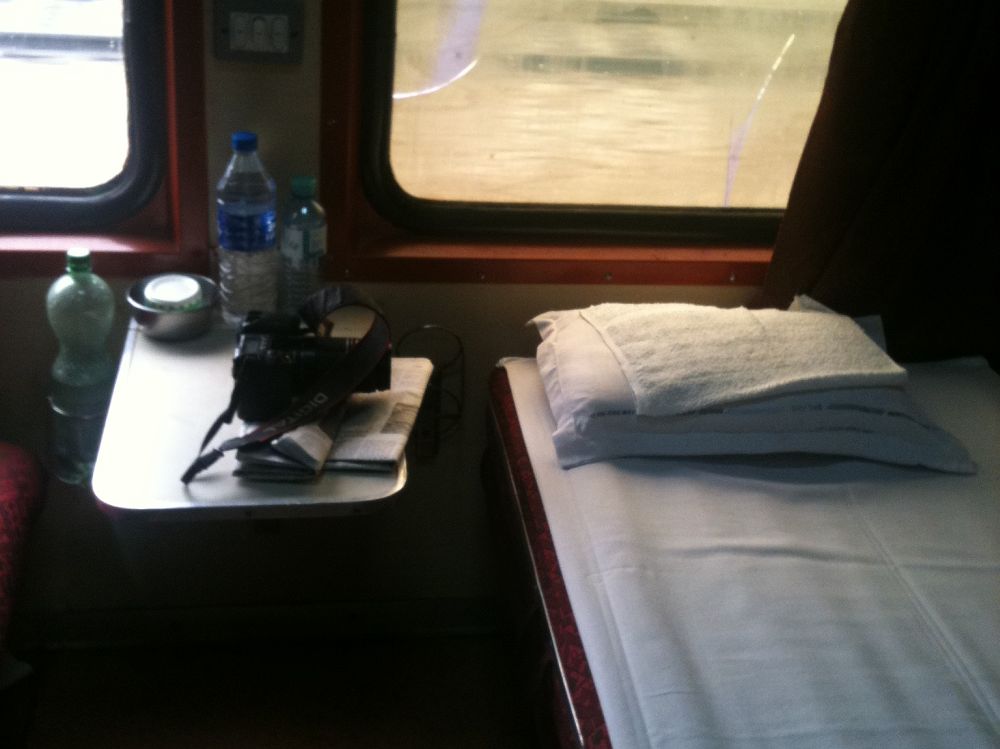
2nd class.
More people travel second class and therefore the contact with the locals is more frequent. I was offered all sorts of delicacies from families who brought them onto the train. Sleeping is not as comfy as first class but you also get a pillow and blanket. There are some power plugs for re-charging you electronics.
3rd class.
Well, what can I say? If you didn’t book early enough and everything else is full, this often is the only possibility to continue your travels without waiting time. It’s packed but people are very friendly and I had the impression that stealing is not a problem. Not so fun: It’s noisy with up to 20 ventilators running and bright neon lights, so sleeping can be tough. In sleeper your best bet is the upper bunk. The conductor will help you get your space if you are helpless getting it yourself (Indians don’t seem to care about sear numbers…). The bonus of travelling third class (or as I like to call it “cattle class”): It’s so cheap that you should treat yourself to a better hotel room upon arrival. I think I paid something like 5 Euro for over 700 km.
Important Gadgets To Bring:
- Sleeping mask and ear plugs for 3rd class.
- Travel food: Bananas – even if you don’t like them, you will start to love them; no mess, easy to peel, no need to wash them & they fill the stomach without feeling stuffed up.
- (Moist) Toilet paper – in general, the toilets on trains are clean. They clean the sanitary rooms with high-pressure cleaners every few stations.
- A small towel.
If you have any questions, don’t hesitate to ask me for assistance. There’s still a lot to be said but for this post, it’s enough for the moment.
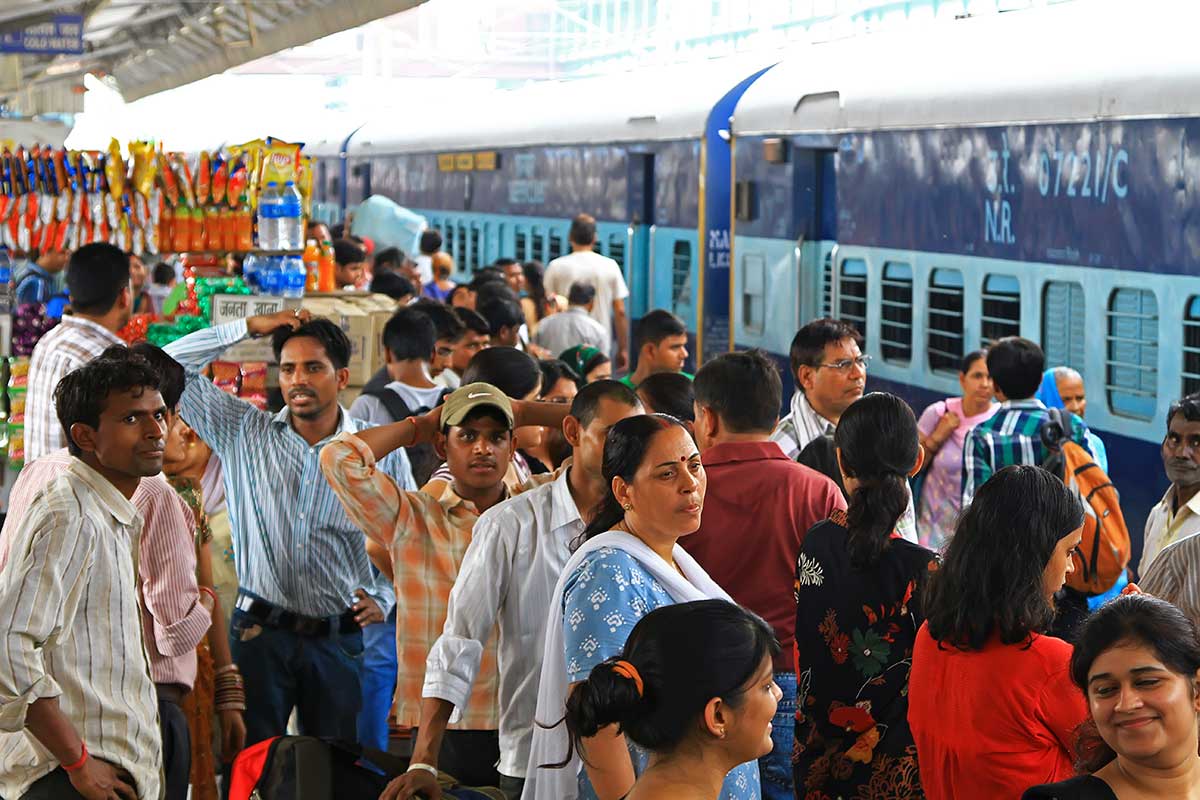
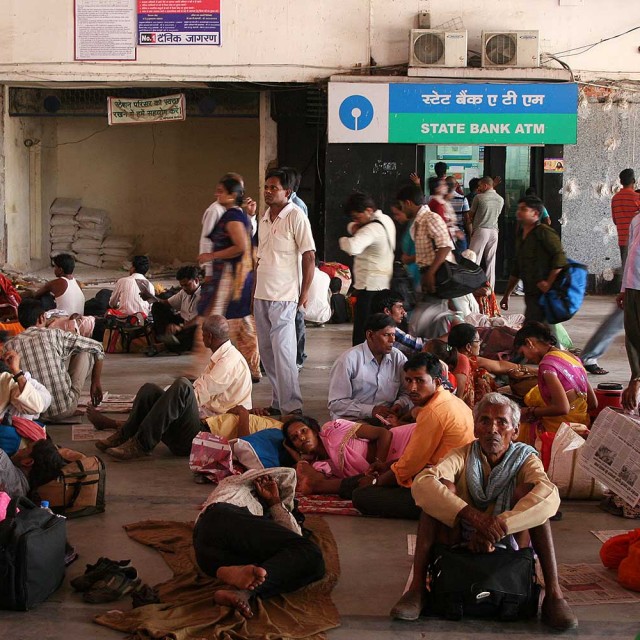
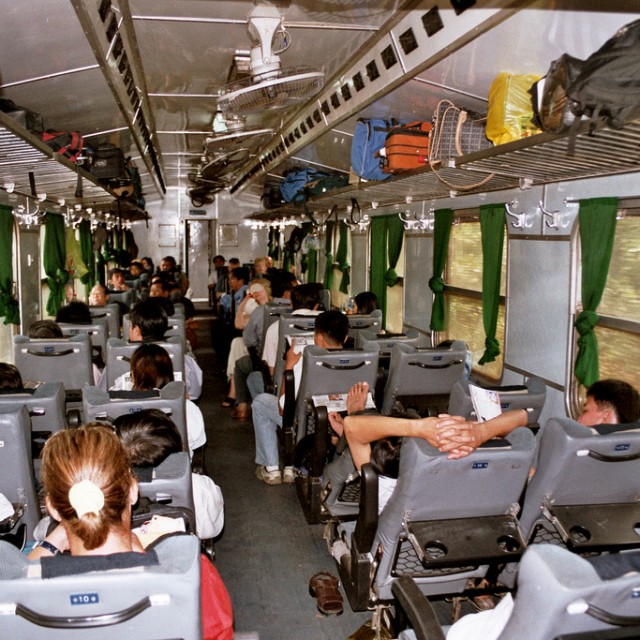
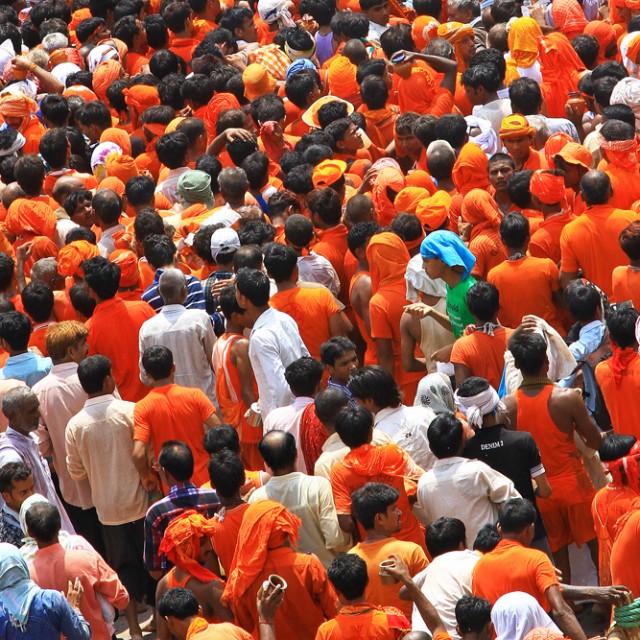
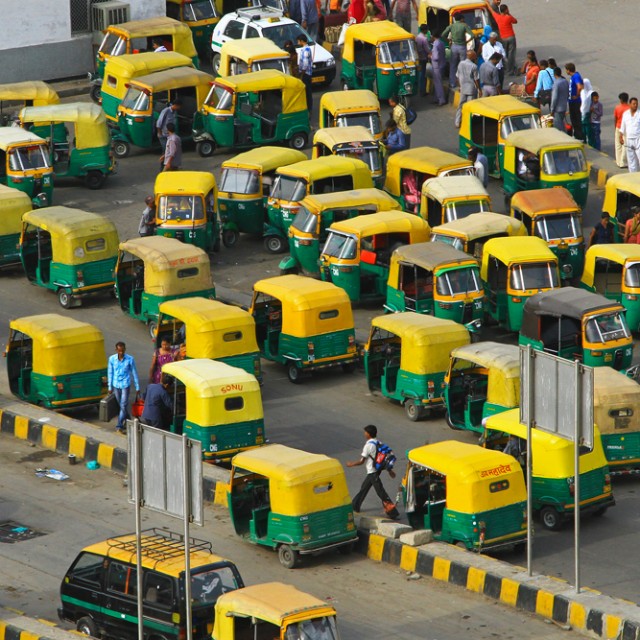
Join the Discussion
“How To Survive On The Indian Railways.”
Want to travel India by train, the best way to see “Unity in Diversity”. Well If next time if you come to India and want to travel by train, then buy one book called ” Train Schedule” it only cost RS35 (not even 1$). And you will get every train information int it, a must have book if you are traveling by train in India. You can buy this book in any Railway station.
And I agree with you that if you want to travel in train then you should book your tickets early, at least a month in advance.
A very nostalgic post for me, I have traveled to many places by train when I was a student in India. Lots of fun and pain at the same time. There was an emergency ticket booking way called Tatkal which costs more but I used to use it quite often!
I wish you could have a visit to Iran as well. Beautiful country, excellent natural beauty welcoming people and home of the Persian Empire one of the oldest civilizations in the world and many other historic eras!
@Veer: Great idea, we’ll definitely keep that train schedule book in mind :)
@Amir: Iran would be very high on our priority list…but how is it for two travelling women there? Difficult? Safe? Would love to get your input on this :)
Hey , Lady Charmer !
awesome Blog , its fun reading your perspective since I m a domestic Traveler ( India )..
Keep Posting !